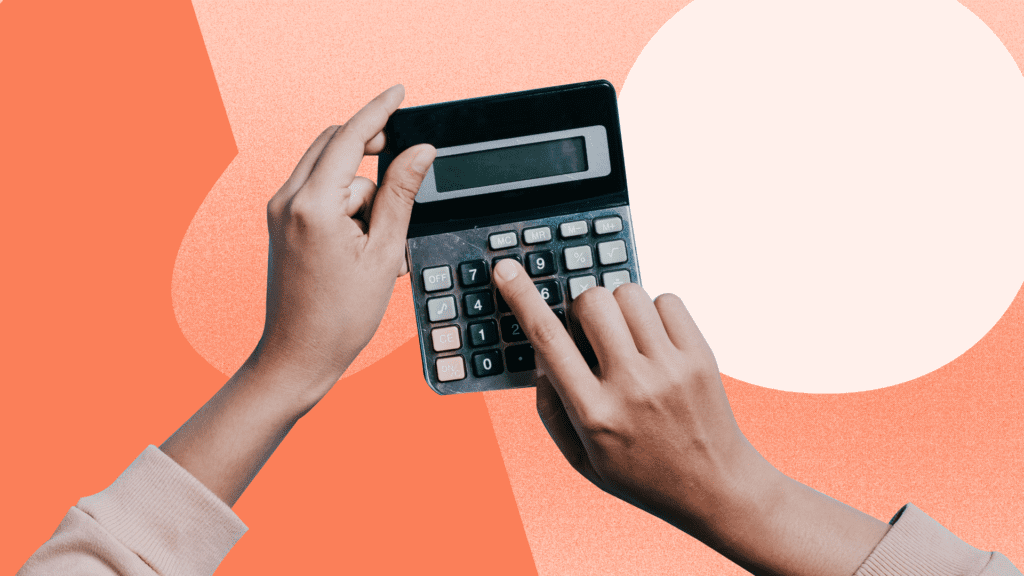Mutual Fund Calculator
Projection Schedule
| Year | Starting Balance ($) | Contributions ($) | Growth ($) | Ending Balance ($) |
|---|
Calculation Explanation
- Effective Annual Return: This is calculated as the Expected Annual Return minus the Expense Ratio.
- Initial Investment Growth: The initial investment compounds annually using the effective return rate: FV = P × (1 + r)n, where P = initial investment, r = effective annual return, and n = number of years.
- Future Value of Contributions: - Total annual contributions = Additional Contribution × (Contribution Frequency). - Since contributions are assumed to be made evenly throughout the year, an approximate adjustment is made by assuming contributions are made mid-year (compounded for 0.5 years on average). - Each year’s contributions grow at the effective rate, and the annual contribution amount increases by the specified Annual Contribution Increase percentage.
- Total Future Value: The sum of the future value of the initial investment and the compounded contributions over the investment term.
Note: This calculator uses annual compounding with a mid-year adjustment for contributions as an approximation. Actual returns may vary based on market conditions and the timing of contributions.
Investing in mutual funds is a proven way to grow wealth over time, but knowing how much to invest and what returns to expect can feel like navigating a maze. A mutual fund calculator cuts through the confusion, transforming complex projections into clear, actionable insights. Whether you’re planning for retirement, education, or a dream vacation, this tool helps you harness the power of compounding, set realistic goals, and make informed decisions. Let’s explore how it works and why it’s essential for every investor.
What Is a Mutual Fund Calculator?
A mutual fund calculator is a digital tool that estimates the future value of your investments based on:
Lump-sum investments: One-time contributions.
Systematic Investment Plans (SIPs): Regular monthly/quarterly contributions.
Expected Annual Returns: Historical averages for equity, debt, or hybrid funds.
Investment Tenure: Time horizon (e.g., 5, 10, or 20 years).
It answers the critical question: “How much will my mutual fund portfolio be worth in the future?”
Why Use a Mutual Fund Calculator?
Goal Setting: Turn vague aspirations into concrete targets (e.g., ₹1 crore for retirement).
Understand Compounding: Visualize how small, regular investments grow exponentially.
Compare Funds: Test returns for equity (high-risk) vs. debt (low-risk) funds.
Adjust for Inflation: Ensure your returns outpace rising costs.
Avoid Guesswork: Replace hunches with data-driven strategies.
How a Mutual Fund Calculator Works
Key Inputs Required:
Investment Type: Lump sum, SIP, or a combination.
Amount:
Lump Sum: Initial one-time investment (e.g., ₹50,000).
SIP: Monthly contribution (e.g., ₹10,000).
Duration: Years you plan to stay invested.
Expected Return: Based on fund type (e.g., 12% for equity, 7% for debt).
Outputs Provided:
Total Invested: Sum of all contributions.
Estimated Returns: Gains from compounding.
Maturity Value: Total corpus at the end of the tenure.
Growth Chart: Visual breakdown of wealth accumulation over time.
Example Scenario: Priya’s Retirement Plan
Priya, 30, starts a SIP of ₹15,000/month in an equity mutual fund with an expected 12% annual return. She plans to retire at 60.
Monthly SIP: ₹15,000
Tenure: 30 years
Total Invested: ₹15,000 × 360 months = ₹54 lakh
Estimated Maturity Value: ₹5.6 crore (compounded monthly).
Gains: ₹5.06 crore (93% of the total!).
If Priya delays investing until 40, her corpus drops to ₹1.4 crore—a ₹4.2 crore difference!
5 Benefits of Using a Mutual Fund Calculator
Goal Clarity: Calculate how much to invest monthly for a ₹50 lakh down payment in 10 years.
Flexibility: Adjust SIP amounts or tenure to match changing income or goals.
Risk Management: Test conservative (8%) vs. aggressive (15%) return scenarios.
Tax Efficiency: Compare growth in taxable vs. tax-saving funds (ELSS).
Motivation: Watching hypothetical growth inspires disciplined investing.
6 Tips for Using a Mutual Fund Calculator Effectively
Start Early: Even ₹5,000/month at 12% for 25 years grows to ₹1.1 crore.
Increase SIPs Annually: Boost contributions by 10% yearly to leverage salary hikes.
Diversify: Split investments between equity, debt, and hybrid funds.
Factor in Inflation: Use a 10–12% return for equity (inflation-adjusted ~7–9%).
Check Expense Ratios: High fees (≥1.5%) erode returns—opt for low-cost index funds.
Review Regularly: Rebalance your portfolio annually based on performance.
Common Mutual Fund Mistakes to Avoid
Chasing Past Performance: High returns aren’t guaranteed—focus on consistency.
Ignoring Risk Profile: Don’t invest in volatile equity funds if you need cash in 3 years.
Stopping SIPs During Downturns: Stay invested; market dips offer cheaper units.
Overlooking Tax Implications: Short-term gains (held <1 year for equity) are taxed at 15%.
Sample Mutual Fund Growth Over Time
| Year | Total Invested | Maturity Value (12% return) |
|---|---|---|
| 5 | ₹6 lakh | ₹9.5 lakh |
| 10 | ₹12 lakh | ₹28 lakh |
| 15 | ₹18 lakh | ₹75 lakh |
| 20 | ₹24 lakh | ₹1.9 crore |
Assumes ₹10,000/month SIP.
Alternatives to Mutual Funds
| Investment | Pros | Cons |
|---|---|---|
| Fixed Deposits | Guaranteed returns, low risk | Low returns (~6–7%), taxable |
| Stocks | High growth potential | High risk, requires expertise |
| PPF | Tax-free, safe | Lock-in period, lower liquidity |
| Real Estate | Tangible asset, rental income | High entry cost, illiquid |
Final Thoughts
A mutual fund calculator isn’t just a tool—it’s your financial crystal ball. By simulating growth, managing risk, and aligning investments with goals, you gain the confidence to build wealth steadily and sustainably.
Ready to take control of your financial future? Plug your numbers into a mutual fund calculator today, and watch your money work smarter, harder, and longer!
Disclaimer: Mutual fund investments are subject to market risks. Past performance does not indicate future returns. Read all scheme documents carefully and consult a financial advisor before investing.

